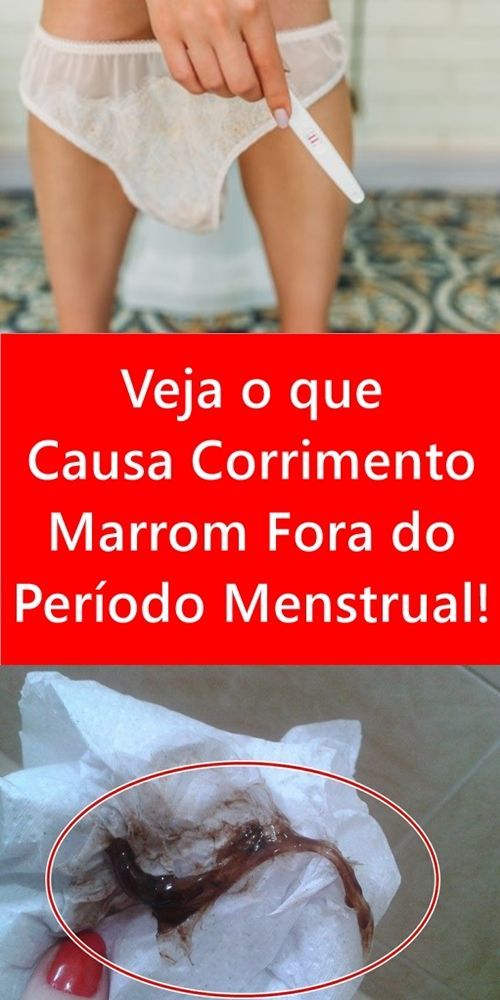What Causes Teeth Bleaching Pain? Find Relief

Teeth bleaching, also known as tooth whitening, is a common cosmetic dental procedure used to remove stains and discoloration from teeth, resulting in a brighter, more radiant smile. However, some individuals may experience teeth bleaching pain or discomfort during or after the treatment. This pain can range from mild sensitivity to sharp, stabbing sensations, and it’s essential to understand the causes to find effective relief.
One of the primary causes of teeth bleaching pain is the penetration of the bleaching agent, typically hydrogen peroxide, into the tooth enamel and dentin. When the peroxide-based gel or solution comes into contact with the tooth, it breaks down into oxygen radicals, which then penetrate the tooth structure to break down stains. However, this process can also cause the nerve endings in the pulp to become irritated, leading to sensitivity and pain.
Another factor contributing to teeth bleaching pain is the dehydration of the tooth enamel and dentin. The bleaching process can cause the teeth to lose moisture, leading to a temporary increase in sensitivity. This dehydration can be exacerbated by the use of high-concentration bleaching agents or prolonged treatment times.
Additionally, teeth bleaching pain can be caused by pre-existing dental conditions, such as tooth decay, cracked teeth, or gum recession. If the bleaching agent enters these compromised areas, it can irritate the nerves and cause significant discomfort.
To find relief from teeth bleaching pain, it’s crucial to follow proper treatment guidelines and take steps to minimize sensitivity. Here are some strategies to help alleviate discomfort:
- Use desensitizing toothpaste: Before and after the bleaching treatment, use a toothpaste containing potassium nitrate or strontium chloride to help desensitize the teeth.
- Apply a topical anesthetic: In some cases, a topical anesthetic, such as benzocaine, can be applied to the gums and teeth to numb the area before treatment.
- Use a lower concentration bleaching agent: If possible, opt for a lower concentration bleaching agent to reduce the risk of sensitivity.
- Limit treatment time: Follow the recommended treatment time and avoid overbleaching, as this can increase the risk of sensitivity.
- Maintain good oral hygiene: Practice good oral hygiene habits, including regular brushing and flossing, to help reduce sensitivity and prevent complications.
- Consider alternative whitening methods: If teeth bleaching pain persists, consider alternative whitening methods, such as dental veneers or bonding, which can achieve similar results without the use of bleaching agents.
It’s essential to consult with a dental professional before undergoing any teeth whitening treatment to discuss potential risks and determine the best course of action for your individual needs.
In addition to these strategies, there are several products available on the market that can help alleviate teeth bleaching pain. These include:
- Desensitizing gels: Specialized gels, such as those containing potassium nitrate or strontium chloride, can be applied to the teeth before or after bleaching to help reduce sensitivity.
- Pain-relieving mouthwashes: Some mouthwashes, such as those containing benzocaine or lidocaine, can help numb the mouth and reduce discomfort during and after treatment.
- Toothpaste for sensitive teeth: Using a toothpaste specifically designed for sensitive teeth can help reduce sensitivity and alleviate pain.
When choosing a teeth whitening product or treatment, it’s essential to consider the potential risks and benefits. Here are some pros and cons to keep in mind:
Pros of Teeth Whitening:
- Effective in removing stains and discoloration
- Can boost confidence and self-esteem
- Relatively low cost compared to other cosmetic dental procedures
Cons of Teeth Whitening:
- May cause teeth sensitivity or pain
- Results may not be permanent and require repeated treatments
- Not suitable for all individuals, such as those with compromised teeth or gum recession
To further minimize the risk of teeth bleaching pain, it’s crucial to follow proper after-care instructions. Here are some tips to help reduce sensitivity and promote oral health:
Post-Whitening Care:
- Avoid consuming hot or cold foods and beverages for at least 24 hours after treatment
- Use a soft-bristled toothbrush and gentle toothpaste to clean the teeth
- Avoid using a mouthwash that contains alcohol or other harsh ingredients
- Attend follow-up appointments with your dental professional to monitor progress and address any concerns
In conclusion, teeth bleaching pain is a common side effect of the tooth whitening process. However, by understanding the causes and taking steps to minimize sensitivity, individuals can find relief and achieve a brighter, more radiant smile.
What are the most common causes of teeth bleaching pain?
+The most common causes of teeth bleaching pain include the penetration of the bleaching agent into the tooth enamel and dentin, dehydration of the tooth structure, and pre-existing dental conditions such as tooth decay or gum recession.
How can I reduce teeth sensitivity after whitening?
+To reduce teeth sensitivity after whitening, use a desensitizing toothpaste, apply a topical anesthetic, and avoid consuming hot or cold foods and beverages for at least 24 hours after treatment.
Are there any alternative whitening methods that can reduce teeth bleaching pain?
+Yes, alternative whitening methods such as dental veneers or bonding can achieve similar results without the use of bleaching agents, reducing the risk of sensitivity and pain.
By following these guidelines and taking steps to minimize sensitivity, individuals can enjoy a brighter, healthier smile without the discomfort of teeth bleaching pain.



